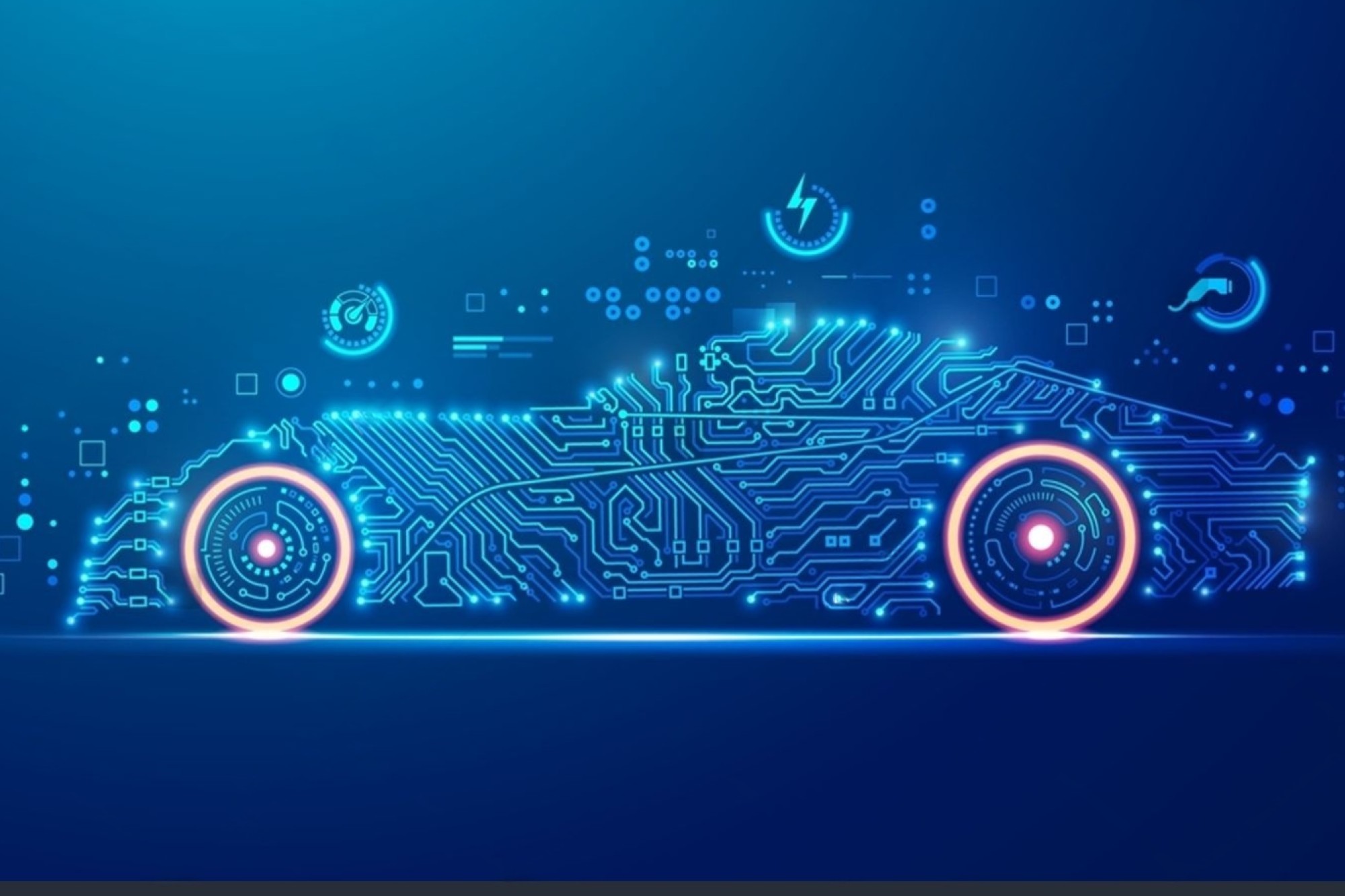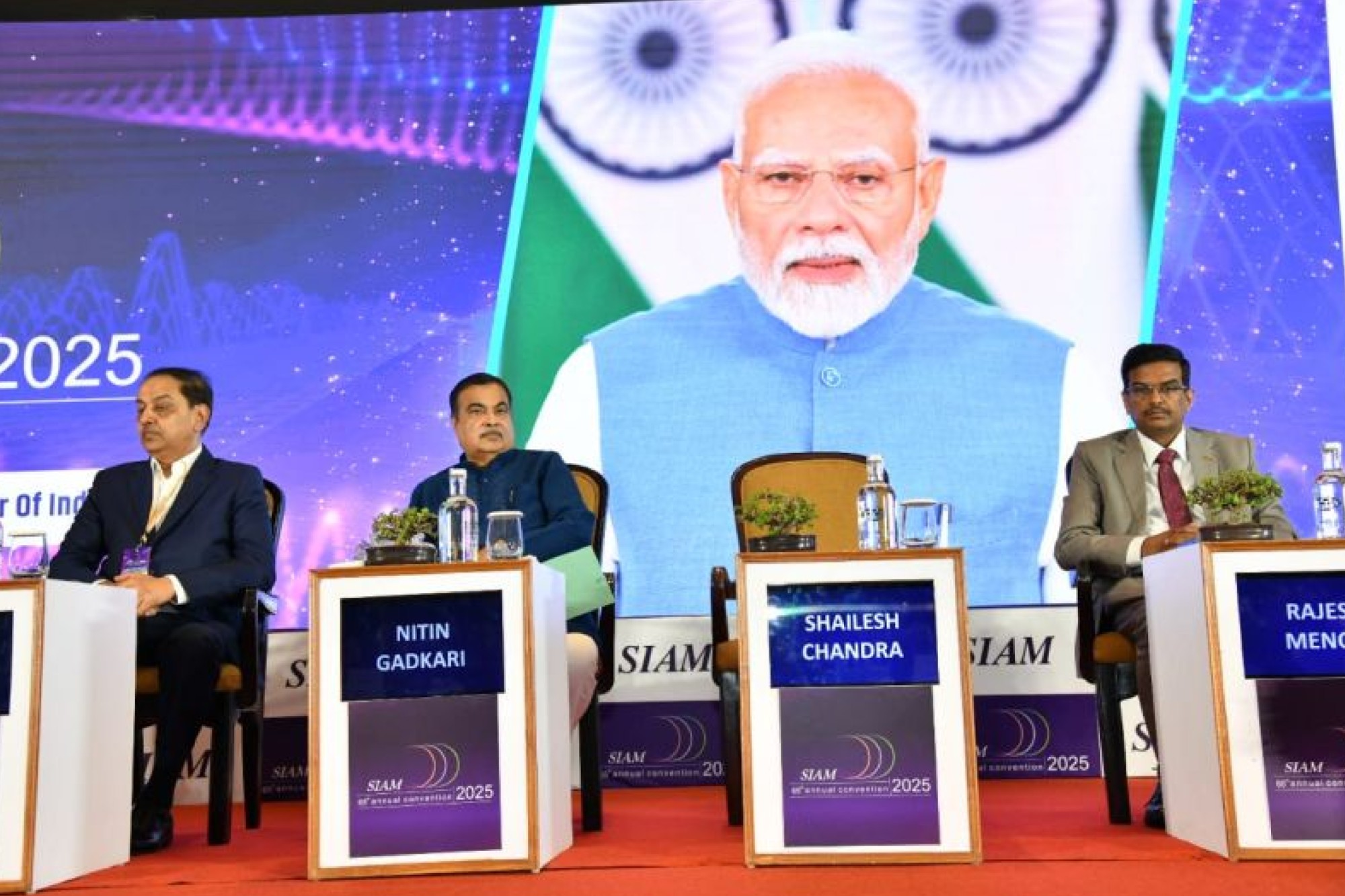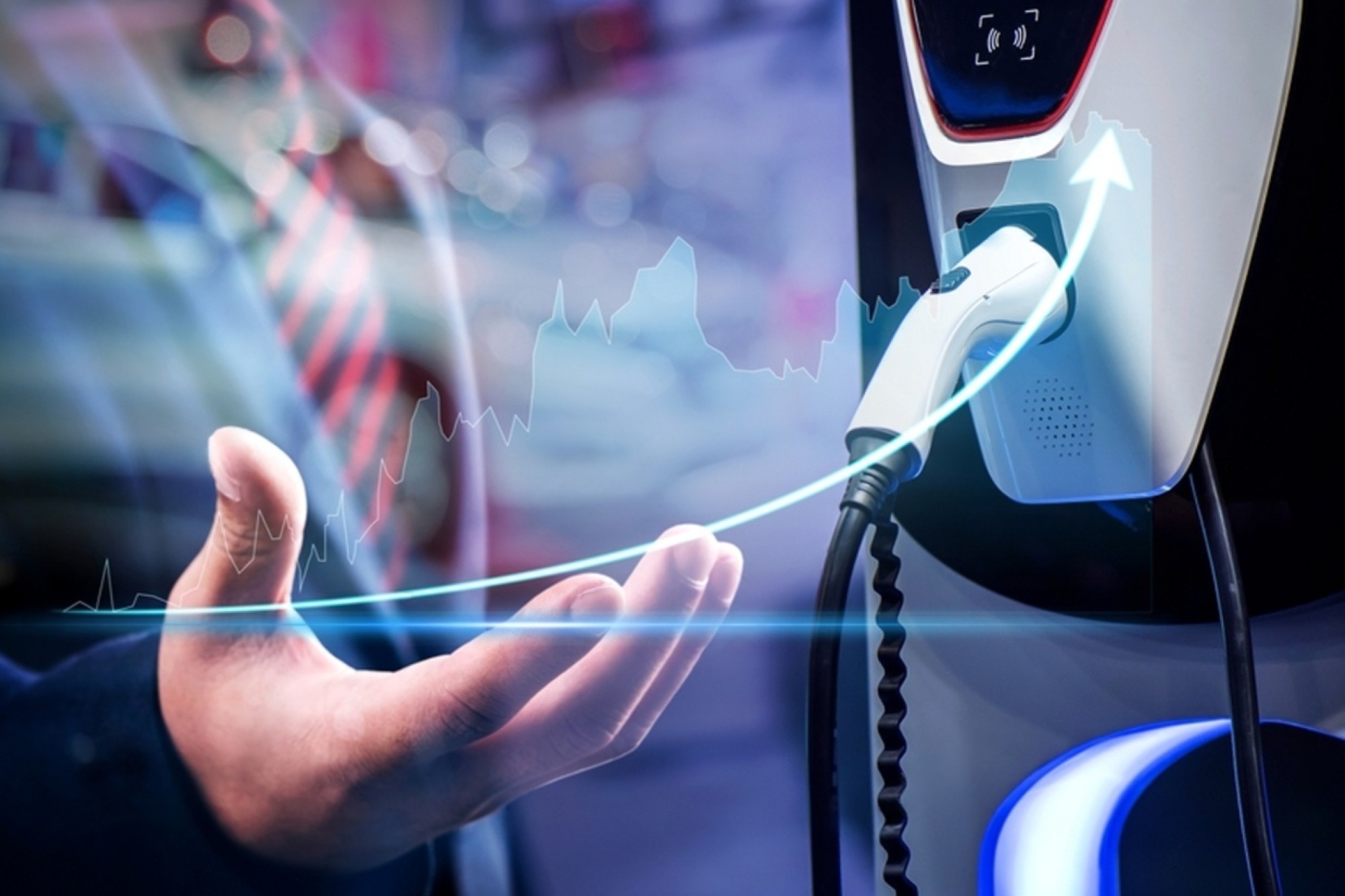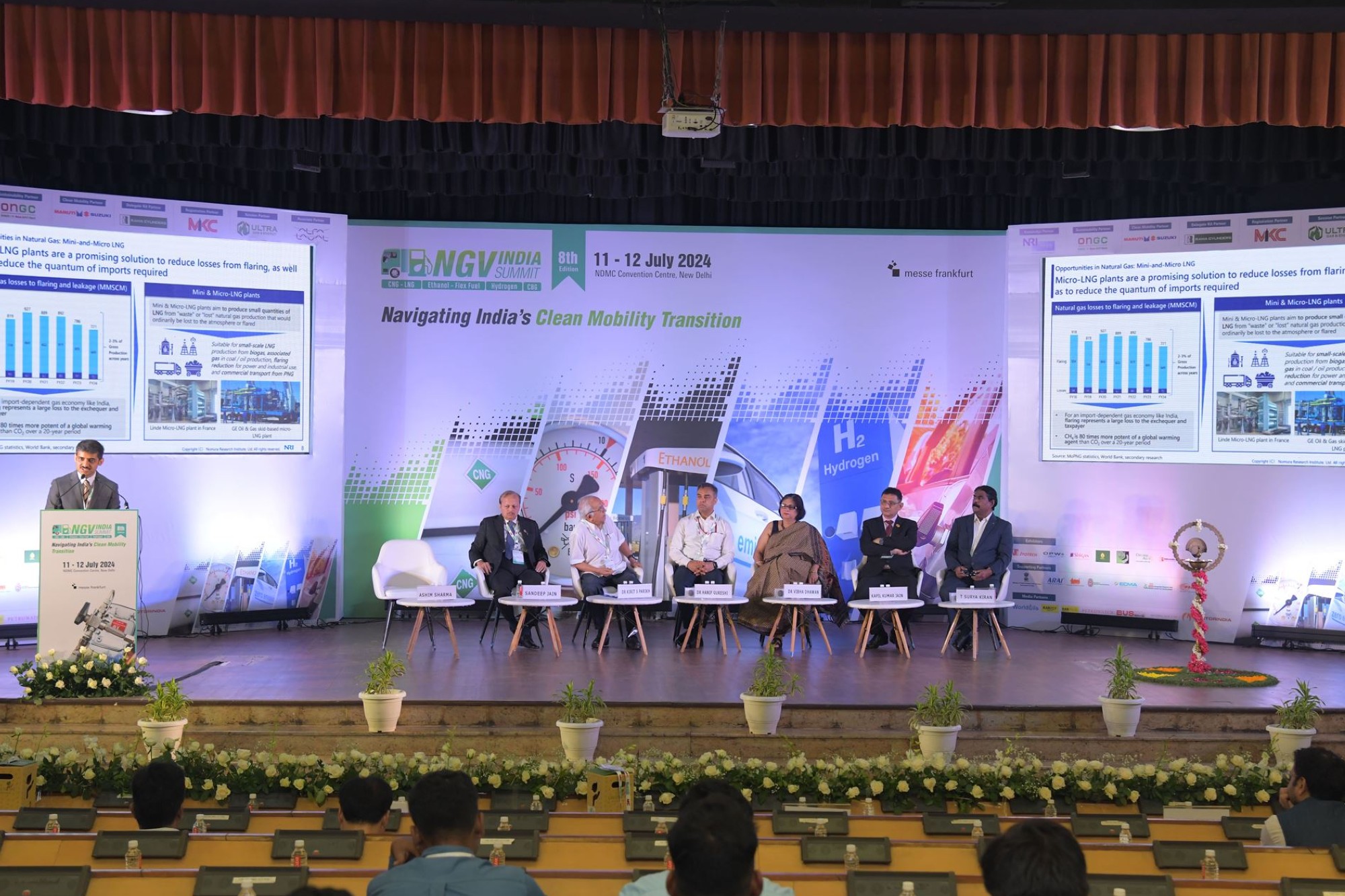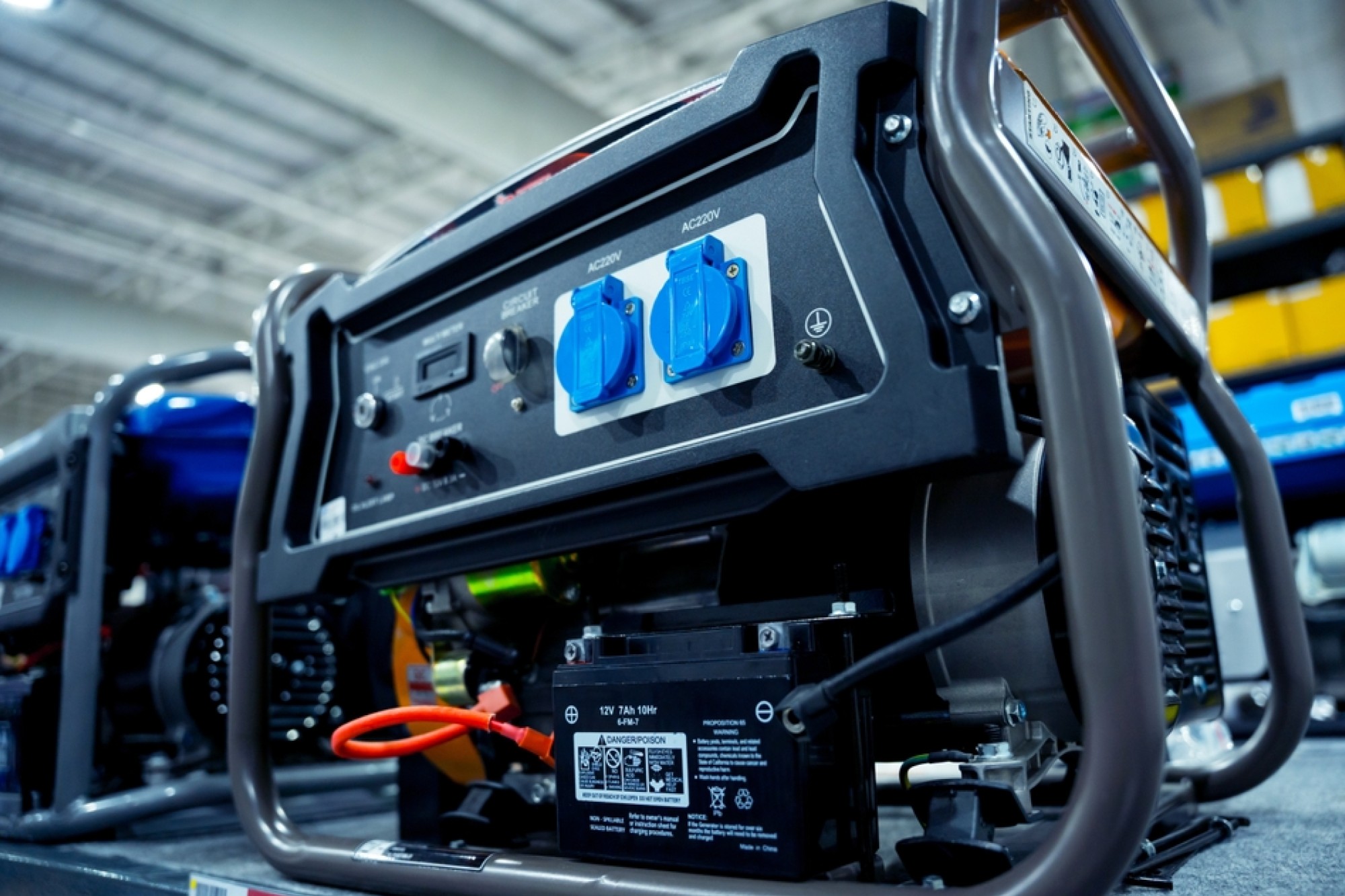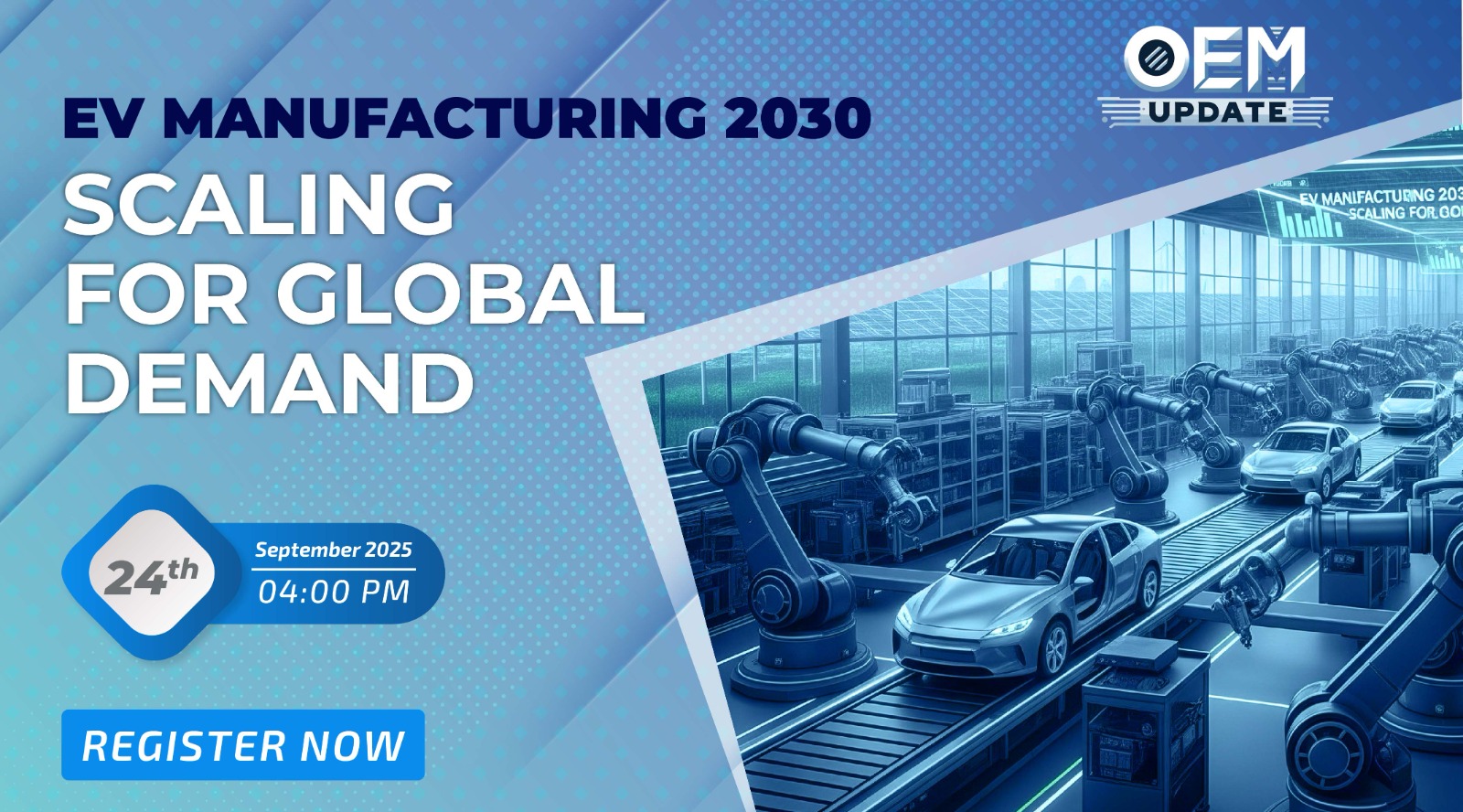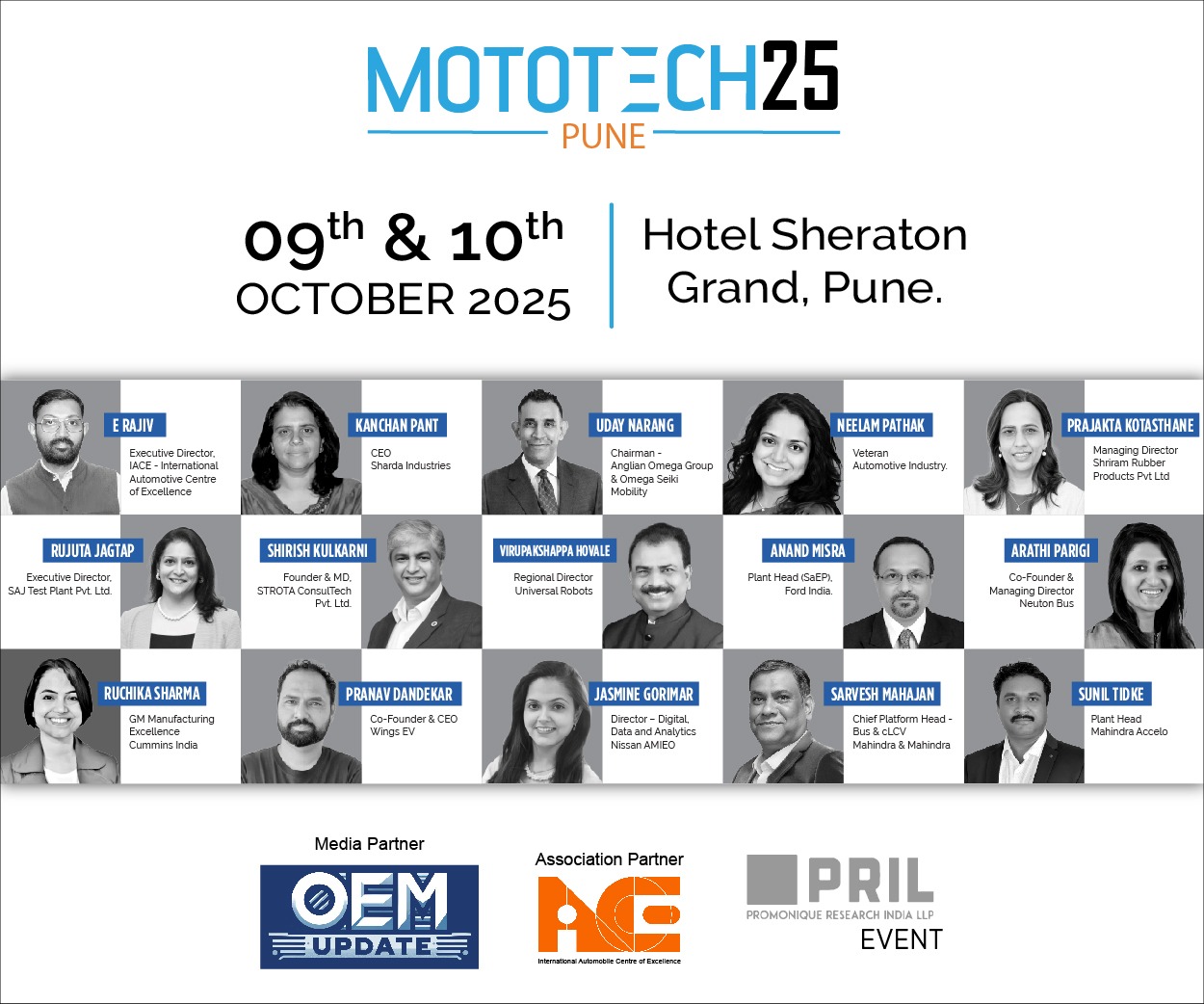What Are the Latest Innovations Shaping the Future of Automotive Lighting Market?
By Staff Report September 16, 2025 5:29 pm IST
This article explores the latest breakthroughs shaping the future of vehicle lighting, the technologies driving growth, and the trends that are set to redefine the industry landscape.
The automotive lighting industry is undergoing a profound transformation as vehicles evolve into smarter, safer, and more energy-efficient machines. Lighting, once a simple functional component for visibility, has now become a central element of design, safety, and technology integration. With the rise of electric vehicles (EVs), autonomous driving systems, and changing consumer preferences, the Automotive Lighting Market is witnessing rapid innovation that extends far beyond traditional headlights and taillights.
LED and OLED Lighting: Efficiency Meets Design
One of the most impactful innovations reshaping the Automotive Lighting Market is the widespread adoption of LED (Light-Emitting Diode) and OLED (Organic Light-Emitting Diode) technologies. LEDs have already surpassed halogen and xenon lights due to their energy efficiency, longer lifespan, and ability to integrate into sleek designs. Automakers now use LEDs to create dynamic lighting patterns, enhancing vehicle aesthetics while reducing energy consumption—an especially crucial factor in EVs where every watt matters.
OLED lighting, on the other hand, provides ultra-thin, flexible panels that enable new levels of design freedom. These panels allow manufacturers to create seamless taillights and interior lighting solutions that deliver both functionality and premium aesthetics. As OLED production costs decline, their integration is expected to rise significantly in luxury as well as mid-range models.
Adaptive and Matrix Beam Headlights
Modern vehicles are increasingly equipped with adaptive lighting systems, which automatically adjust the direction and intensity of light based on driving conditions. Matrix beam technology represents a leap forward, breaking down headlight beams into multiple segments that can be individually controlled. This innovation allows drivers to maintain high beam illumination without dazzling oncoming traffic, dramatically improving nighttime safety.
Several leading manufacturers are investing in adaptive systems that communicate with onboard sensors and navigation data, enabling headlights to anticipate curves, road conditions, or approaching intersections. By combining safety and convenience, matrix headlights are quickly becoming a standard in next-generation vehicles.
Laser Lighting: Pushing the Limits of Visibility
Laser lighting technology is another exciting innovation redefining how far and bright automotive lights can go. Laser headlights can project light nearly twice as far as conventional LED systems while consuming less power. This makes them particularly attractive for high-performance and luxury vehicles, where visibility and efficiency are equally important.
Although currently expensive and limited to premium brands, advancements in production and cost reduction strategies will likely make laser lighting accessible to a wider market segment in the coming years. Their superior range and brightness position laser lights as a future-ready solution, especially for long-distance and high-speed driving.
Digital Lighting and Projection Capabilities
One of the most futuristic trends in the automotive sector is digital lighting. This technology goes beyond illumination, enabling headlights and taillights to project symbols, animations, or even road warnings directly onto the surface. For example, digital headlights can project pedestrian crossings, lane guidance, or warning signals onto the road ahead.
This innovation enhances safety and aligns with the growing integration of advanced driver-assistance systems (ADAS). By combining lighting with communication, digital lighting is set to become a crucial element in autonomous vehicles, where clear signalling between car, driver, and pedestrian will be essential.
Smart Interior Lighting and Personalisation
Automotive lighting innovation is not limited to the exterior. Interior ambient lighting has become a popular trend, offering drivers and passengers personalised experiences. Colour-changing LED systems, customizable lighting zones, and mood-responsive features are now being integrated into dashboards, doors, and footwells.
Beyond aesthetics, smart interior lighting improves functionality. It can highlight important controls, guide drivers during night journeys, or alert them to safety warnings. As vehicles become more connected and autonomous, interiors are transforming into living spaces, and lighting will play a vital role in enhancing comfort and personalisation.
Integration with Advanced Driver Assistance Systems (ADAS)
Safety remains one of the strongest drivers of innovation in the Automotive Lighting Market. Advanced lighting systems are now being designed to integrate seamlessly with ADAS features. For example, headlights linked to cameras and radar sensors can identify obstacles or pedestrians and adjust illumination accordingly. Similarly, rear and side lighting systems can be synchronised with blind-spot monitoring alerts or lane-departure warnings.
This integration helps create a holistic safety ecosystem, where lighting is no longer just passive but actively contributes to accident prevention. With autonomous driving on the horizon, lighting innovations will serve as an essential bridge between vehicles and their environment.
Sustainability and Energy Efficiency
As global regulations push for greener technologies, automotive lighting is evolving with sustainability in mind. LED and laser systems already consume less energy than halogen or xenon lights, but manufacturers are also exploring recyclable materials and eco-friendly production processes.
Lightweight components reduce vehicle emissions and improve efficiency, especially in electric models. Furthermore, advances in control systems allow lighting units to operate only when necessary, minimising energy waste. This alignment with sustainability goals is a key reason why governments and regulators support modern lighting adoption in vehicles.
Regional Adoption and Industry Growth
The pace of adoption varies across regions. Europe and North America are at the forefront of integrating advanced lighting systems, driven by stringent safety regulations and high consumer demand for premium features. Meanwhile, the Asia-Pacific region is emerging as the largest market in terms of volume, with China, Japan, and South Korea driving mass adoption through their rapidly expanding automotive industries.
According to Fairfield Market Research, the global automotive lighting industry is poised for steady growth, fueled by electrification, digitalisation, and increasing safety requirements. Both established players and emerging companies are competing to deliver cutting-edge technologies that cater to these evolving demands.
Competitive Landscape and Future Outlook
The Automotive Lighting Market is highly competitive, with leading companies such as Koito, Valeo, Hella, Magneti Marelli, and Stanley Electric continuously innovating to maintain their edge. These players are investing heavily in R&D, partnerships, and acquisitions to advance LED, OLED, and laser technologies.
The future of automotive lighting lies in blending efficiency with intelligence. As vehicles become more autonomous and connected, lighting systems will act as sources of illumination, communication tools, design statements, and energy-efficient technologies. With continuous innovations, the automotive lighting sector is expected to remain one of the most dynamic segments of the mobility industry over the next decade.
Automotive lighting has evolved from a basic necessity into a hub of innovation that merges safety, design, and sustainability. From adaptive matrix headlights and OLED taillights to laser beams and digital projections, the future of lighting promises to make vehicles safer, smarter, and more visually appealing.
As regulatory bodies emphasise safety and consumers demand more personalised experiences, the industry will continue to invest in next-generation lighting solutions. With market leaders and innovators shaping the landscape, the journey ahead is illuminated with opportunities.
For businesses, manufacturers, and investors, keeping pace with these advancements will be crucial in leveraging the growth opportunities presented by the evolving Automotive Lighting Market.
Cookie Consent
We use cookies to personalize your experience. By continuing to visit this website you agree to our Terms & Conditions, Privacy Policy and Cookie Policy.




